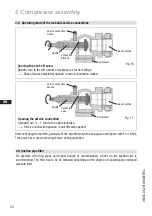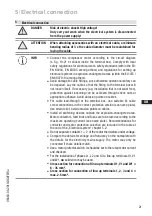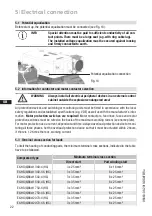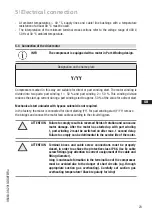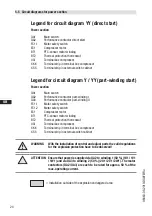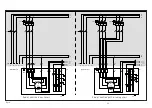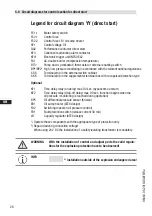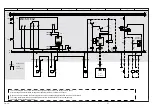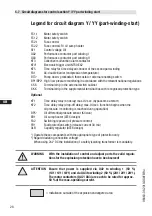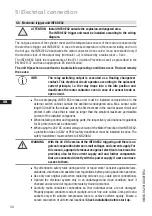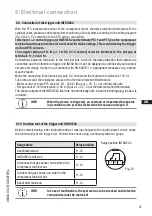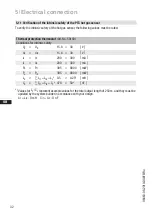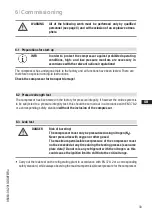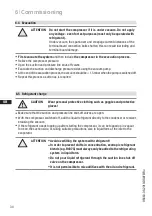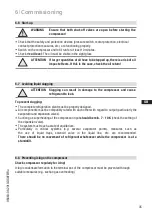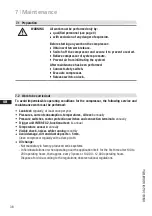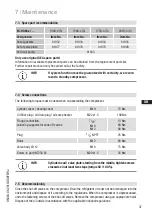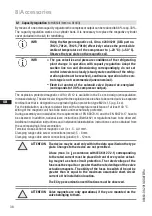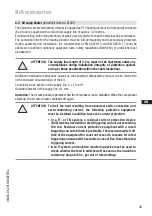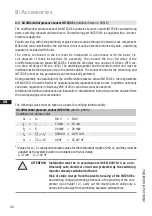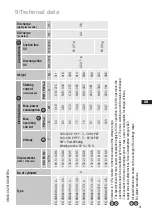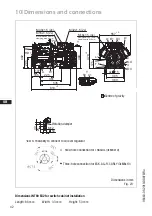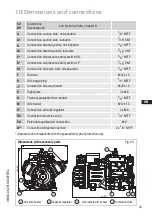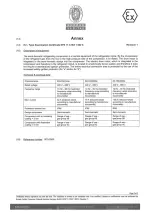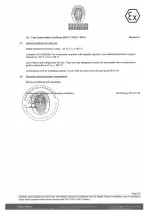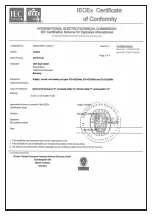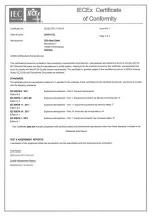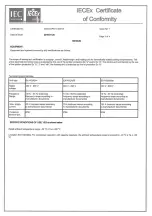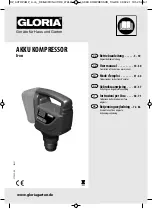
34
D
GB
F
E
I
96463-08.2019-DGbFEIRu
6
|
Commissioning
6.4 Evacuation
First evacuate the system
and then include
the compressor in the evacuation process.
Relieve the compressor pressure.
Open the suction and pressure line shut-off valves.
Evacuate the suction and discharge pressure sides using the vacuum pump.
At the end of the evacuation process, the vacuum should be < 1.5 mbar when the pump is switched off
.
Repeat this process as often as is required.
Make sure that the suction and pressure line shut-off valves are open.
With the compressor switched off, add the liquid refrigerant directly to the condenser or receiver,
breaking the vacuum.
If the refrigerant needs topping up after starting the compressor, it can be topped up in vapour
form on the suction side, or, taking suitable precautions, also in liquid form at the inlet to the
evaporator.
6.5 Refrigerant charge
ATTENTION Do not start the compressor if it is under vacuum. Do not apply
any voltage - even for test purposes (must only be operated with
refrigerant).
Under vacuum, the spark-over and creepage current distances of the
terminal board connection bolts shorten; this can result in winding and
terminal board damage.
CAUTION
Wear personal protective clothing such as goggles and protective
gloves!
ATTENTION
Avoid overfilling the system with refrigerant
!
In order to prevent shifts in concentration, zeotropic refrigerant
blends (e.g. R407C) must always only be added to the refrigerating
system in liquid form.
Do not pour liquid refrigerant through the suction line shut-off
valve on the compressor.
It is not permissible to mix additives with the oil and refrigerant.

